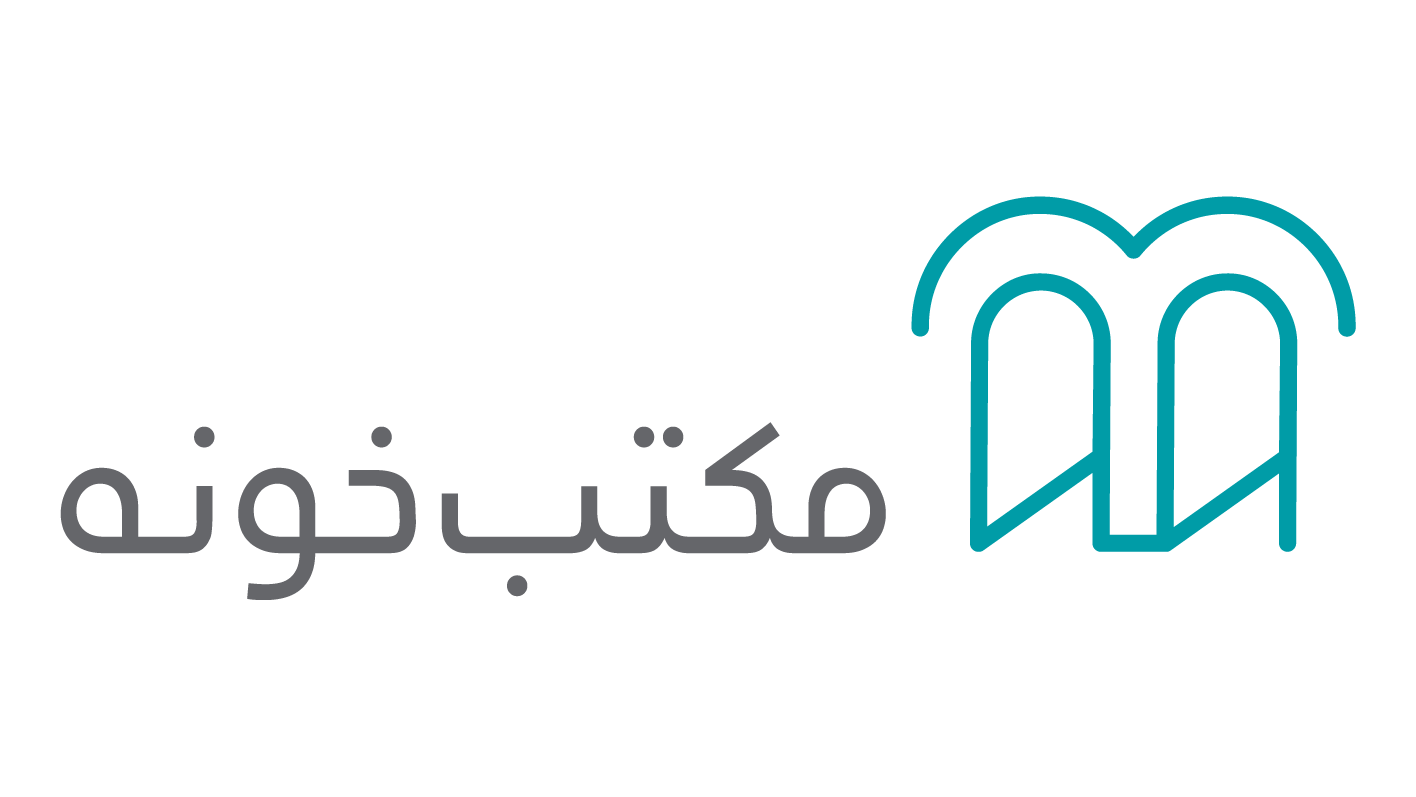Hi, and welcome to this very first video
of our very first module in our MOOC on the miracles of human language. Finally, the fun can begin. Finally, we can start exploring
the basics of human language together. Now, this course is all about variety
because that's what human language is all about. It's all about diversity. But we will also look at things
that are the same in all languages. This particular module
is our introduction, and that may mean that it's actually
the most important module of all because we're going to define our field
of research by asking certain questions. Questions such as what is language? Do animals have language? How many languages are there in the world? How do we count those languages? How are they related to each other? What do linguists do? How do they get their data? And what are informants? In this first video, were going
to look a little bit at animals. Do animals have a language as well? Well, it's clear that animals communicate,
so your cats may communicate to you a little bit or chimpanzees in a zoo may
clearly talk to each other in some way. But it's also clear that there are
differences between animal communication, and human communication. Your cat, she can communicate
maybe some of her needs to you, but you will never be able to have
a full conversation with her. And apes, they may have even more complicated
systems of talking to each other. But they will never teach
a MOOC about ape language. We have more signs clearly
than those apes or cats. We have more words. But is that the only difference? Is the only difference that we have more? Well, obviously the answer
to that question is no. And we're going to look at three
dimensions in which language, human language, and
animal communication are different. Those three dimensions
are discrete infinity, displacement, and joint attention. Don't worry I'm going to
explain all three of them. First, discrete infinity that maybe
sounds a little bit complicated, but it's actually quite simple. Discrete means limited or countable. A discrete system is a system with
a limited number of things in it. The alphabet is excellent example. English has an alphabet of 26 letters. That's a limited discrete set, but with these limited items,
you can make many different words, and with those many different words,
you can make many different sentences. How many? While I would claim infinitely many,
any thought which gets into your head you can express, and there's
infinitely many thoughts, probably. I can also prove it,
that there's infinitely many sentences, because if there would be finitely many, there would be one sentence which would
be the longest of these finite sentence. Now I could take that sentence and
say, Pete says and then that sentence,
that would be already longer. And I could repeat that procedure, I could say John says that Pete says that,
and then our longest sentence. Mark says that Pete says
that John says and so on. But admittedly those sentences would not
be extremely interesting, but they would be longer and longer and longer,
infinitely long, as a matter of fact. Now not so for animals. Apes also have a discreet set system of
goals, just a limited number of goals, but they can not combine them to make
more and more complicated systems. They only have a limited
number of combinations. The second difference with animal
communication is called displacement. We humans can talk about our here and
now, but also about things far away in the past,
on the moon or even about completely abstract things, which
we have never seen and will never see. Most animals don't have that. Bees can communicate about space,
because they can dance and wiggle and show other bees where to find their honey. It's a lovely system,
but it's very limited. They can only talk about
honey they have really seen. They cannot talk about some abstract honey
on the moon, or something like that. And finally, there's a notion of joint
attention, and shared intentionality. We humans work together
as a team very often. We work as a team where
we have a shared goal and each has their own role
in achieving that goal. In order to be able to do that, it means we have to read each
others minds a little bit. We have to see what the other
person is trying to do so that we can help that other
person in achieving that goal. Language helps in that. Language is inherently cooperative. But for animals this is very different. Some apes have joint attention, that means
that they can look at the same thing and maybe be aware that they look at the same
thing, but they don't work together in this very complicated way in
which we humans can do so. We have now seen in this video that
animals do have systems of communication, at least some kinds of animals do. But that they are always different in
certain key aspects from human language. These key aspects are first,
that humans can make an infinite amount of messages with
this limited set of building blocks. Second, that they can talk about
things other than the here and now. And thirdly, that language is a
fundamentally cooperative tool for humans. In the next video, we will look a little
bit further at what language is. Is it really true that
all humans have language?
